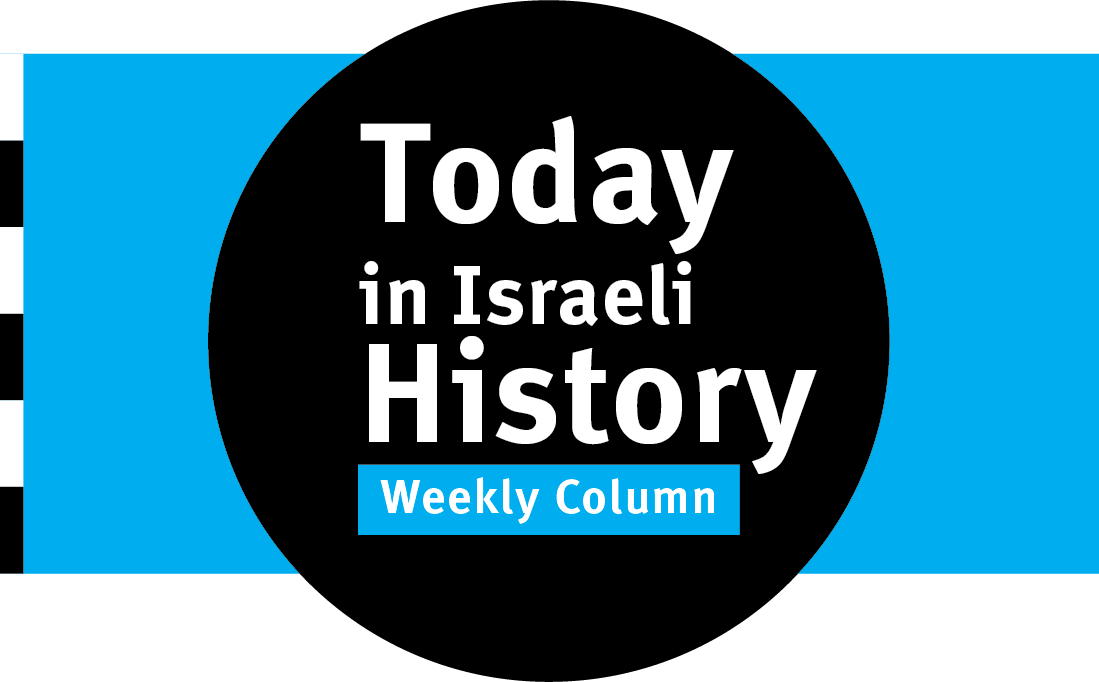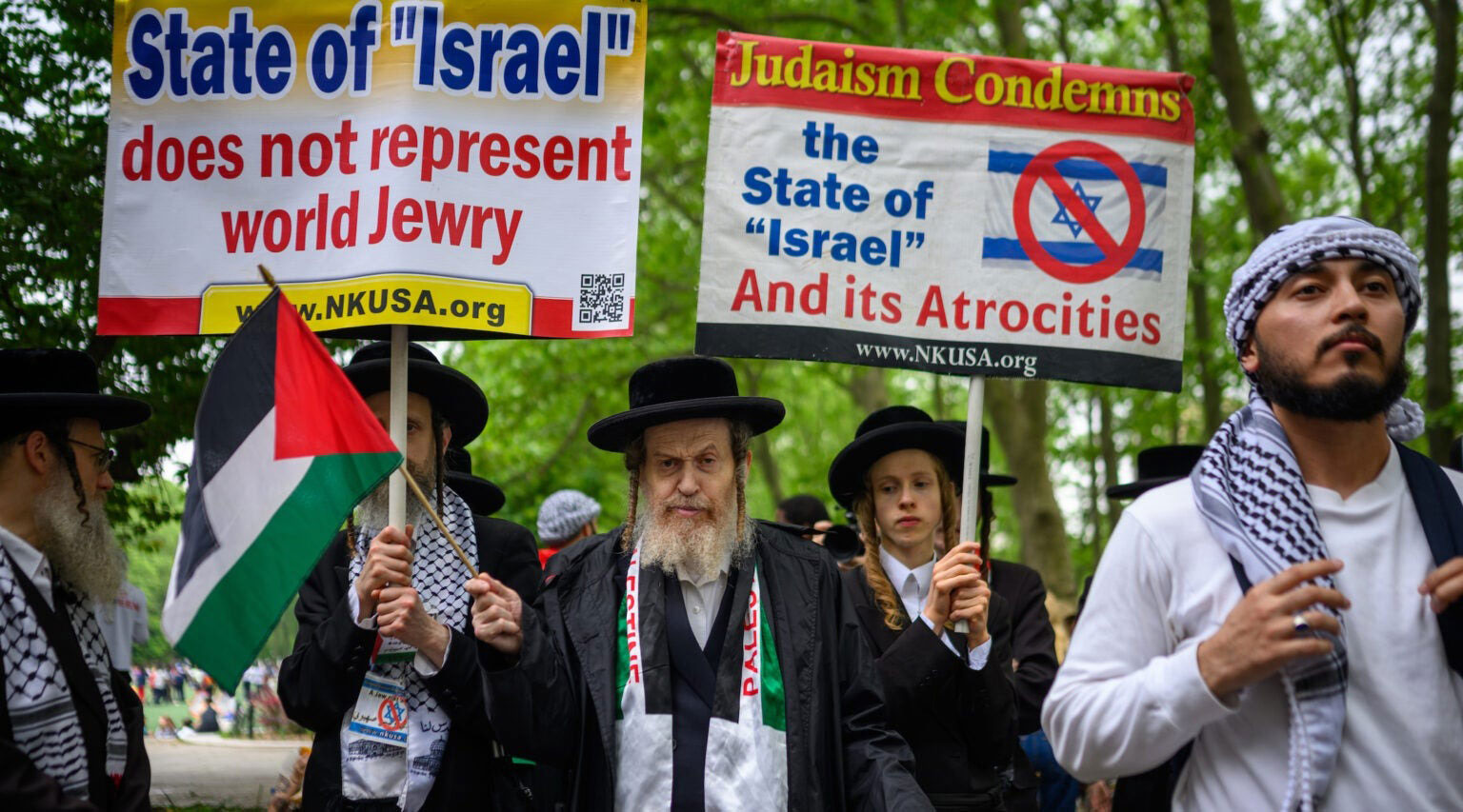May 16, 1916 — Sykes-Picot Pact Splits Ottoman Lands

British diplomat Mark Sykes and French diplomat Charles Georges Picot, a former consul in Beirut, complete a secret pact known as the Sykes-Picot Agreement, in which France and the United Kingdom agree to divide the former Ottoman Empire territories in the Middle East after World War I. The League of Nations endorses the agreement, under which Britain establishes its mandate in Palestine and takes control of Transjordan and Iraq.
May 17, 1939 — British Restrict Jewish Immigration to Palestine

The British government issues the 1939 White Paper, which enacts extreme restrictions on Jewish immigration and land purchases in Palestine. The White Paper signals the British willingness to relegate Jews to permanent minority status in a future Arab-controlled state, even after Kristallnacht six months earlier highlighted the existential threat to European Jewry. Illegal Jewish immigration ramps up in response.
May 18, 1973 — Poet Avraham Shlonsky Dies

Avraham Shlonsky, a renowned poet, editor and translator, dies in Tel Aviv at 73. Born in what is now Ukraine, Shlonsky studied in Tel Aviv as a teen and made aliyah in 1922. He worked as a road builder until he found success as a poet. He featured colloquial Hebrew in his writing and developed phrases for translations from Russian and English and thus helped Hebrew develop as a modern language.
May 19, 1966 — U.S. Agrees to Sell Bombers to Israel

President Lyndon Johnson’s administration announces the first U.S. sale of warplanes to Israel. The A-4 Skyhawk light bomber enters service as the Ayit (Eagle) in Israel in 1968, too late for the Six-Day War but in time for the War of Attrition and Yom Kippur War. Israel becomes the No. 1 export customer for the A-4, buying 217 of the bombers and receiving an additional 46 to make up for losses in the 1973 war.
May 20, 2011 — British Zionist Leader Arieh Handler Dies

Arieh Handler, an in-person witness to Israel’s Declaration of Independence, dies in Jerusalem at 95. Born in Bohemia, Handler moved to Berlin to direct religious aliyah after attending the 1935 Zionist Congress. He settled in London in 1939 and helped found the Bnei Akiva youth movement before moving to Israel in 1948. He returned to England to work for Jewish and Zionist causes, then went back to Israel for good in 2006.
May 21, 1963 — Shazar Is Elected President

Zalman Shazar, a former Knesset member from Mapai, is elected Israel’s third president, succeeding Yitzhak Ben-Zvi, who died in office. Shazar, born into a family of Chabad rabbis in Belarus in 1889, made aliyah in 1924. He was one of the writers of the Declaration of Independence and served as Israel’s first education minister. He quit the Knesset in 1956 to join the Jewish Agency leadership.
May 22, 1970 — 12 Are Killed in School Bus Ambush

Popular Front for the Liberation of Palestine terrorists attack an Israeli school bus with a bazooka and small arms about 500 yards from the Lebanese border, killing eight children and four adults, including the bus driver. More than 20 others are wounded, including a girl who dies 44 years later from an infection caused by shrapnel in her brain. Israel shells four Lebanese villages in retaliation, killing 20 people.
Items are provided by the Center for Israel Education (israeled.org), where you can find more details.





